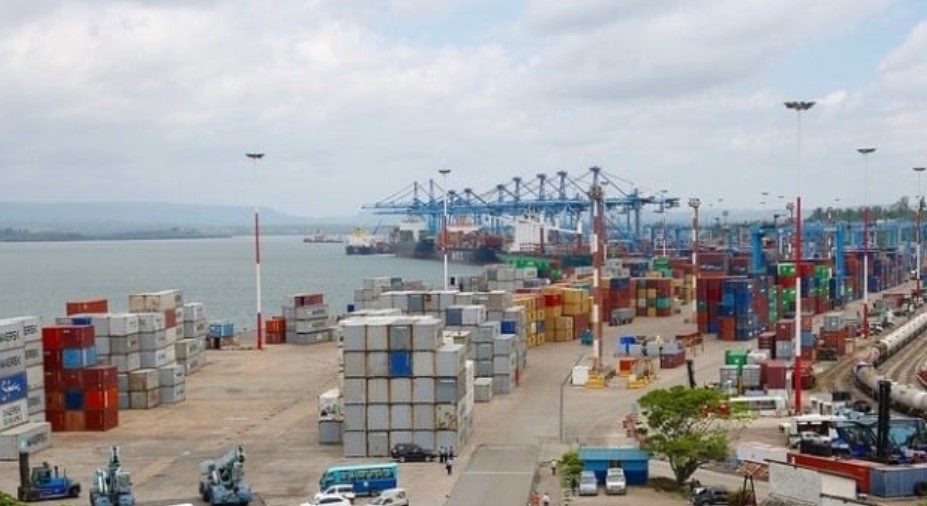The Kenya Revenue Authority (KRA) reduced good clearance by 61.17 to 51.43 hours (around two days) over the last three years attributed to the improvement in the adoption of pre-arrival cargo processing.
The cargo processing rate grew from 25.28 percent in the 2021/2022 fiscal year (FY) to 40.55 percent in the 2023/2024 FY.
In a statement, KRA says good clearance at the Port of Mombasa, Inland Container Depots, and Kenya Railways Corporation Sheds stood at 112.6 hours (average four days) in the 2021/2022 fiscal year.
“Enhanced systems capabilities of the Customs Integrated Customs Management System (iCMS) now allow for the declaration of customs entries using the bill of lading as the base document, enabling processing to commence even before the cargo arrives.”
Further, KRA stated that all goods arriving at the Port of Mombasa must now be inspected at the port of origin to strengthen risk management.
Did you read this?
“This ensures compliance through the issuance of a Pre-Export Certificate of Conformity by licensed inspectors appointed by the Kenya Bureau of Standards (KEBS).”
Similarly, Improved efficiency resulted in a 4.9 percent growth in customs revenue to Kes 791.368 billion in the review period.
KRA’s customs revenue collections comprised revenues from oil taxes, which grew by 10.3 percent to stand at Kes 300.77 billion, and non-oil taxes which stood at Kes 490.6 billion.
“The KRA’s integration with KenTrade’s Trade Facilitation Platform has been instrumental in streamlining the customs clearance process.”
“Seamless sharing of critical information, such as import declarations and supporting documents, among Partner Government Agencies (PGAs) has facilitated the issuance of licenses and permits with reduced human interaction, eliminating the need for unnecessary office visits by importers and customs clearing agents.”









